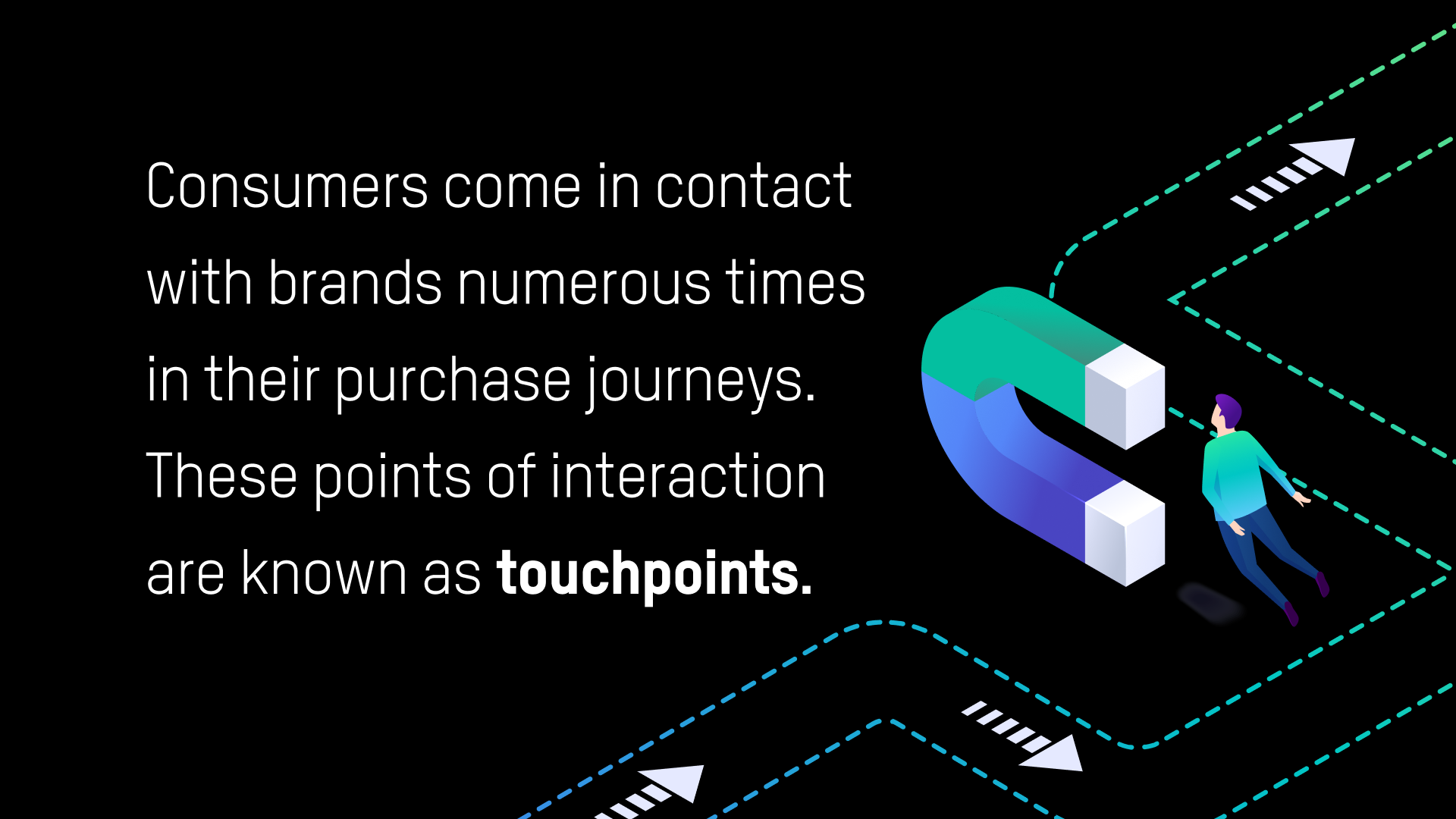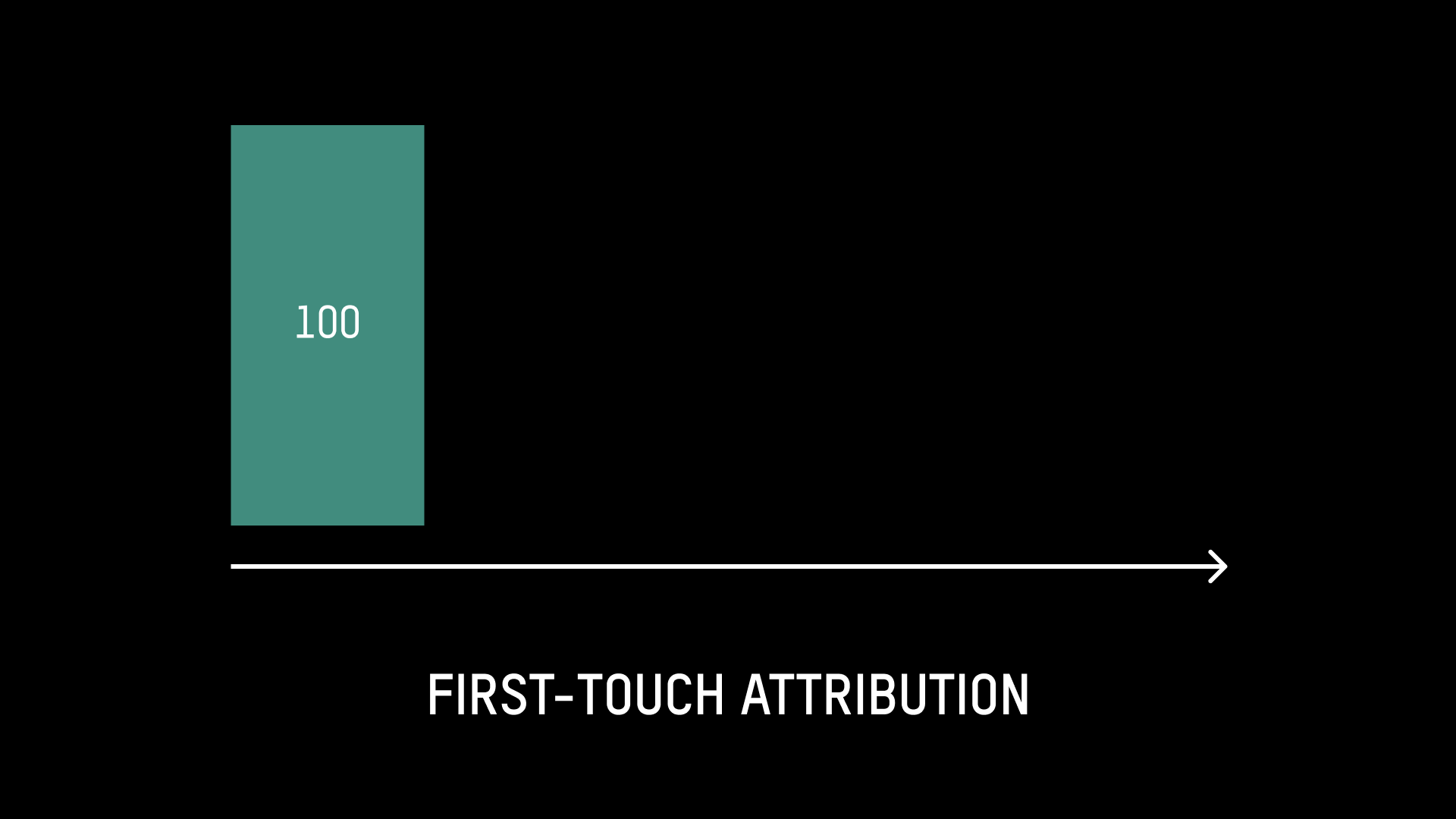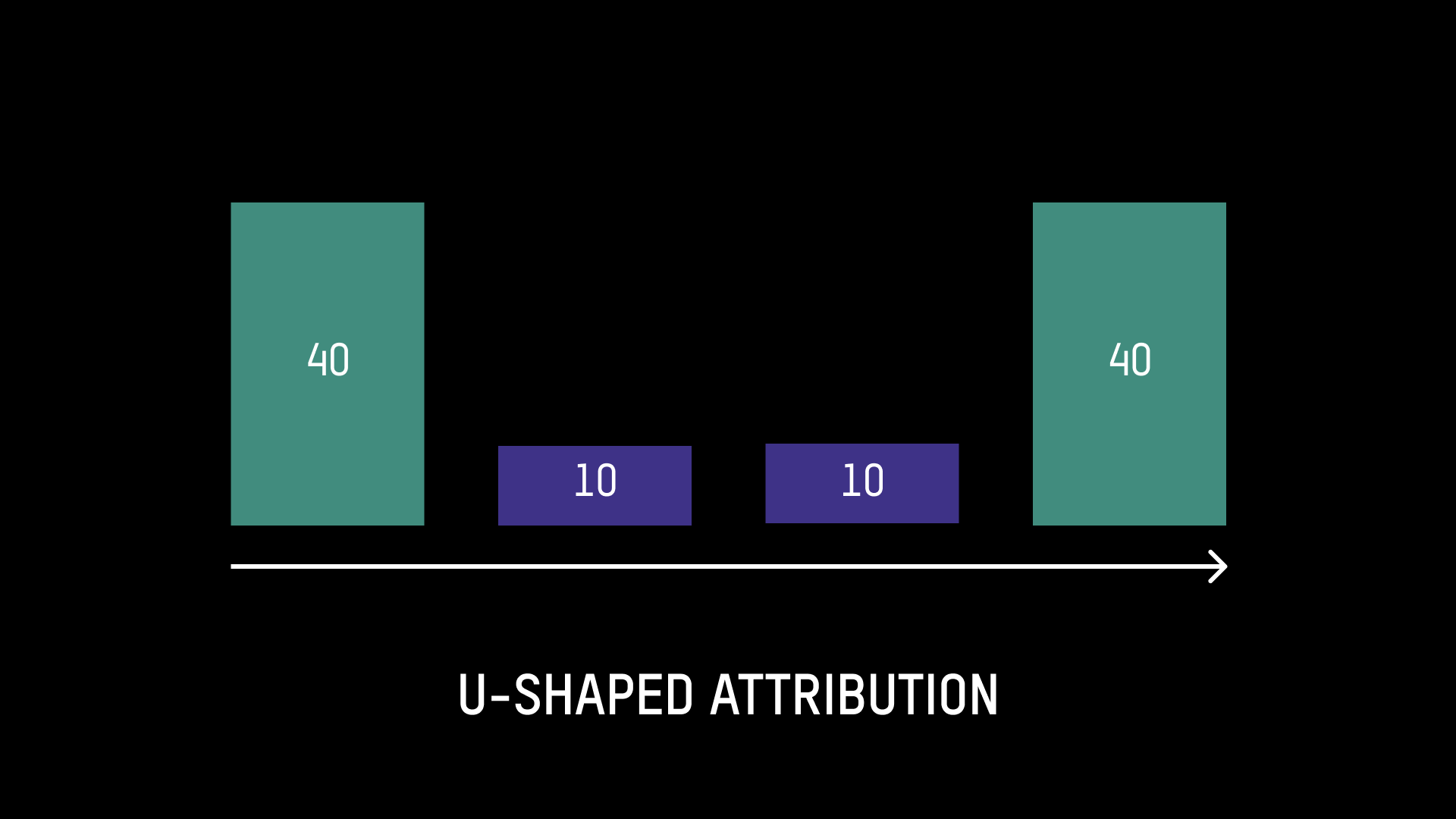The path to purchase is far from linear. Consumers don’t always make a purchase straight away; they go along a complex—often unpredictable—customer journey before taking action.
Getting a good view of consumers’ journeys to conversion is critical for marketers. But this type of information isn’t always accessible without the use of marketing attribution.

Consumers come into contact with brands numerous times along their purchase journeys. These instances of interaction are known as touchpoints. Websites, online ads, social media, emails, and customer support are all considered touchpoints. It’s through marketing attribution that marketers identify the touchpoints that prompted their customers to convert.
What is Marketing Attribution?
Marketing attribution involves assessing customers’ paths to purchase, from the first point of contact to the final point of interaction. It helps marketers identify the channels and messaging that led customers to make a decision, offering insights into why they took the steps they did.

Why Does Marketing Attribution Matter?
To create effective campaigns, marketers need to understand how their customers interact with their brands across multiple touchpoints. How did customers discover a product? How did they engage with the campaign? What led them to make a purchase? All these important questions can be answered through marketing attribution.

Gaining better visibility into consumers’ unique journeys allows marketers to create more seamless and targeted efforts. It enables them to determine which touchpoints impacted customers’ buying decisions the most, helping them optimize their campaigns and boost conversions. It also helps marketers optimize their budgets by investing in the right channels.
What are the Basic Marketing Attribution Models?
There are various ways to trace consumers’ steps. The marketing attribution models are divided into two: single-touch, where one source of conversion is credited, and multi-touch, where all touchpoints before conversion are credited.

Single Touch:
First-Touch Attribution
First-touch attribution gives 100% credit to the first channel the customer interacts with. It identifies the moment the customer becomes aware of the brand. It doesn’t account for the succeeding interactions after the initial point of contact.

Last-Touch Attribution
Last-touch attribution assigns 100% credit to the last channel before the customer converts. To put it simply, it puts importance on the touchpoint before the customer decided to make a purchase. It doesn’t credit the earlier channels the customer engaged with before the final sale.

Multi-Touch:
Linear
Linear attribution credits each touchpoint equally. Every touchpoint the customer engaged with is recorded and given equal credit. If there are four touchpoints in a consumer’s journey, credit will be spread out equally to each one.

U-Shaped
U-shaped attribution credits 40% to the first touchpoint, 40% to the last touchpoint, and 20% divided to other touchpoints.

W-Shaped
W-shaped attribution gives 30% credit to each touchpoint with the first-touch, lead conversion, and opportunity creation. The remaining 10% is credited to the other touchpoints in between.

Time Decay
Time decay attribution credits each touchpoint in increments, with the least weight on the first point of contact and the most weight on the touchpoint closest to conversion.

How to Choose the Right Model?
Understanding customer journeys is vital as it allows businesses to determine which interactions are driving the highest ROI. Luckily, there are numerous marketing attribution models businesses can use depending on their needs and objectives. These are the two important questions marketers need to ask themselves:

How long is your sales cycle?
Businesses have unique sales cycle types and lengths, depending on the category or industry they operate in. For instance, those with complex sales cycles can benefit most from using multi-touch attribution models, which track every twist and turn of a customer’s journey. So this must be factored in when selecting an attribution model.
What are your campaign goals?
Marketers must consider the objective of a campaign when choosing a model. For example, businesses aiming to increase their brand awareness will find first-touch attribution beneficial as it helps gauge how they capture their customers’ attention. For businesses looking to improve customer retention, time decay attribution is a suitable choice as it gives more weight to the bottom of the sales funnel and can offer insights into retaining customer relationships.



